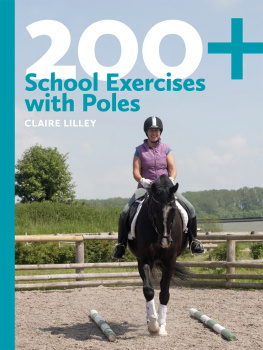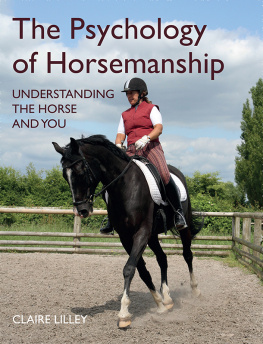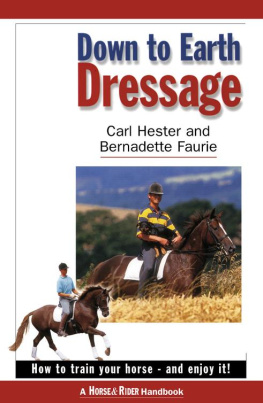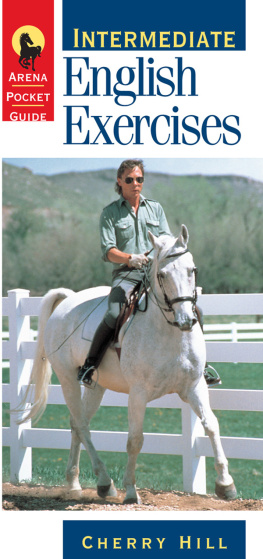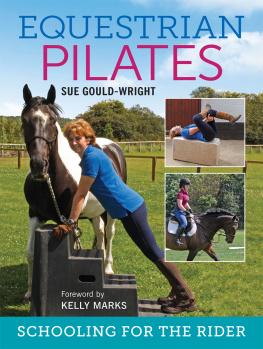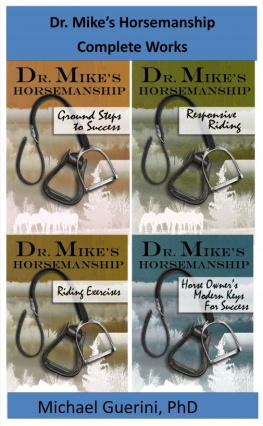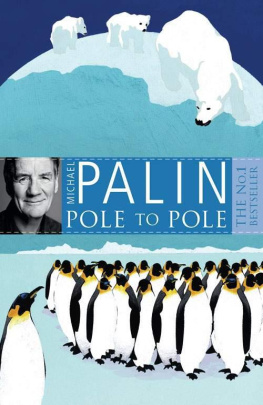200+ SCHOOL EXERCISES WITH POLES
200+ SCHOOL EXERCISES WITH POLES
CLAIRE LILLEY
J.A. ALLEN
First published in 2012 by J.A. Allen, an imprint of
The Crowood Press Ltd, Ramsbury, Marlborough Wiltshire SN8 2HR
www.crowood.com
This impression 2016
This e-book first published in 2017
Claire Lilley 2012
All rights reserved. This e-book is copyright material and must not be copied, reproduced, transferred, distributed, leased, licensed or publicly performed or used in any way except as specifically permitted in writing by the publishers, as allowed under the terms and conditions under which it was purchased or as strictly permitted by applicable copyright law. Any unauthorised distribution or use of this text may be a direct infringement of the authors and publishers rights, and those responsible may be liable in law accordingly.
British Library Cataloguing-in-Publication Data
A catalogue record for this book is available from the British Library.
ISBN 978 1 90880 965 0
The right of Claire Lilley to be identified as author of this work has been asserted by her in accordance with the Copyright, Designs and Patents Act 1988.
Disclaimer of Liability
The author and publisher shall have neither liability nor responsibility to any person or entity with respect to any loss or damage caused or alleged to be caused directly or indirectly by the information contained in this book. While the book is as accurate as the author can make it, there may be errors, omissions, and inaccuracies.
Cover design and layout by Cox Design, Witney
Edited by Martin Diggle
Illustrations by Carole Vincer
CONTENTS
Acknowledgements
My thanks to Lesley Gowers at J.A. Allen for pulling everything together and getting this book published. I am also very grateful for the eagle eye of Martin Diggle when editing the text collating the text and the diagrams was a Herculean task and I am indebted to Carole Vincer who brought my hand-drawn sketches (my electronic drawing ability being somewhat limited at present) into the digital age.
I owe a big debt of gratitude to my husband, Dougald Ballardie, for all his support (and many cups of tea!) and for pulling out all the stops to shoot the cover photo when the weather was appalling dodging heavy showers and waiting for the right moment plus a bright blue sky was no mean feat!
Listen to what your horse has to say and you will learn something new every day
Claire Lilley
INTRODUCTION
These days there is never enough time for anything, let alone schooling your horse enough to make a big difference in his progress. This book discusses ground pole training for all disciplines and shows how you can optimise precious schooling time and makes the most of limited timescales. It explains quick and easy pole layouts, using no more than six poles. Different exercises are given for each pole layout, so there is no need to move the poles during a session.
The various exercises given for each layout can be mixed and matched to form an interesting and varied schooling session a total workout for you and your horse. While some exercises are designed specifically for a 60 x 20m arena, any of those designed for a 40 x 20m arena can be ridden in a large arena. A flat area in a field will do just as well.
The layouts are suitable for any horse or pony. The only time you may need to adjust distances is when poles are laid in a sequence for walk, trot or canter, but once you know the distance suitable for your own horse or pony, set-up will be quick and easy. (The distances suggested in the text are sensible average distances, but minor adjustment might be necessary for some horses.)
Each layout includes several different exercises to try. The exercises are given with a recipe of movements to ride for each layout, with step-by-step instructions. Exercises range from the simple to the more intricate, with the inclusion of more transitions, lateral work, raised poles/cavalletti, or riding in a different gait.
You might ask Why use poles? The answer is that simply asking your horse to step over a single pole will accentuate the bending of the leg joints, and demand suppleness through the back in order to do so. The horse can either work in a stretching forwards/downwards outline, or be in a rounded outline. Riding over poles is great for giving every horse an all-round gymnastic workout!
The exercises help you to ride with precision, improving the horses way of going and establishing correct training according to the scales of training, namely:
- Rhythm
- Suppleness
- Contact
- Impulsion
- Straightness
- Collection
You can use the different layouts to check whether you are sitting straight, turning correctly, and riding transitions and lateral movements properly. The common rider faults are listed for each exercise to help you to self-correct if you are schooling alone and do not have access to a trainer.
However, this book is as valuable for the riding instructor as for the rider. Poles are a great teaching tool, adding variety to every lesson and helping the teacher to explain lessons to the pupil. Teacher tips are given for each exercise when they are being used in riding lessons.
Before you ask, yes I have ridden every exercise in this book! My horses really enjoy pole work and I also use poles frequently as a teaching tool.
Try the exercises for yourself and Im sure you will be amazed at the improvements that can be made both in your riding technique and in your horses way of going. You will never be bored with schooling again!
ARENA DIAGRAMS
The exercises in this book are based on the geometrical patterns that can be ridden in a conventional dressage arena. The majority can be ridden in 40 x 20m arena, and these same exercises can usually be adapted for a 60 x 20m arena: those that necessarily require a 60 x 20m arena are identified on the page.
Each exercise within this book is accompanied by a diagram showing the layout of the poles and the route taken; however there is not space on the individual diagrams to show clearly all the arena dimensions, and the centre line markings, if shown, would often be obscured by lines indicating the route taken.
Therefore, the diagrams on this page offer comprehensive guidance to the dimensions and layout of both sizes of arena, including the centre line markers for the 60 x 20m arena, which are mentioned in some exercises, but which may be unfamiliar to some readers.
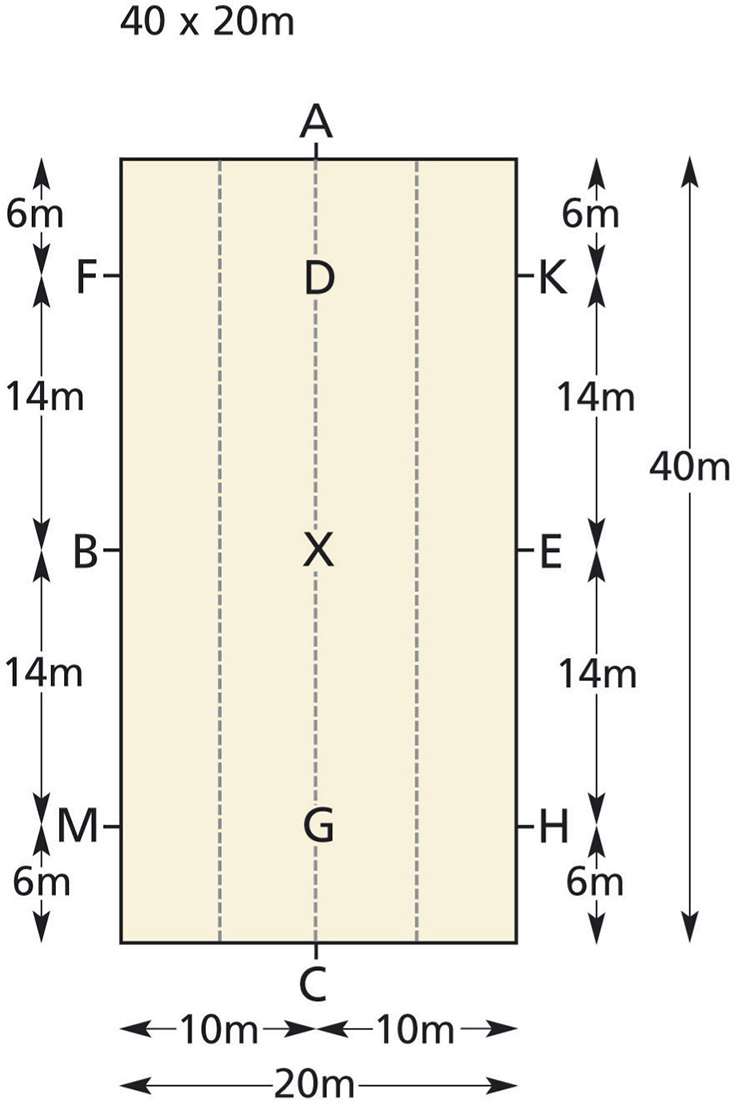
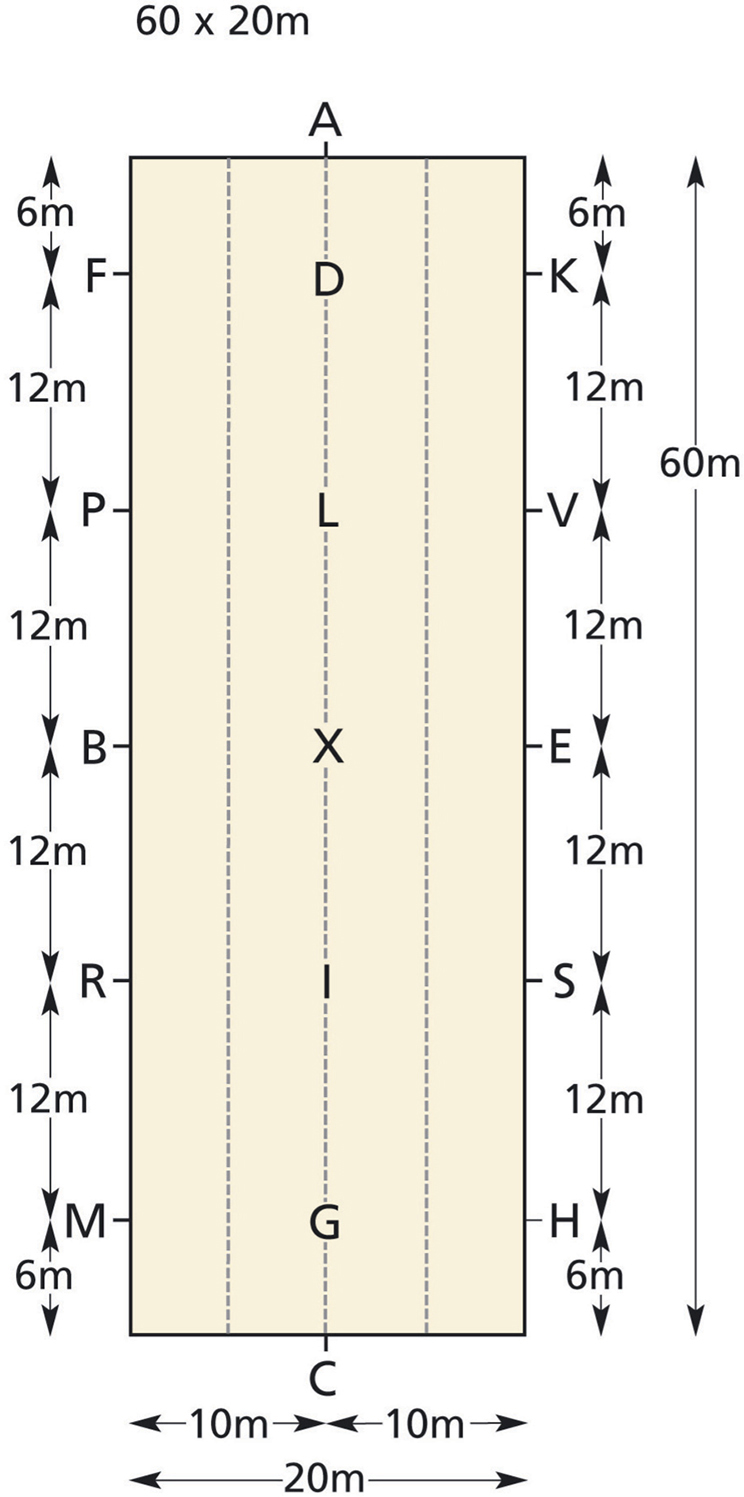
BEFORE YOU START TRAINING TIPS FOR EVERY SESSION
Loosening up the importance of stretching
The horse needs to stretch forwards and downwards with his neck in order to de-contract his back muscles and to tuck his pelvis under. This is essential for correct work in a rounded outline. If your horse is a bit fresh and stretching at the beginning is not a safe option, then do it after a few minutes of steady work on a contact, to gain his concentration and to make sure he is on your aids before stretching. Control the horse with your body then you can allow him to stretch in balance.
Maintain balance half-halts
One thing to remember the function of the half-halt is to teach the horse to take weight behind. Any issues regarding balance simply need a well-executed half-halt or several half-halts. A half-halt is a body aid not an isolated rein aid. A simple way of explaining a half-halts is a very brief Stop, go.

